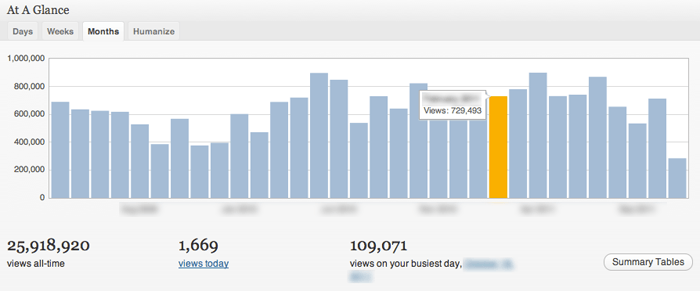 “The age of the pageview is coming to an end,” states Ellen Harvey in Publishing Executive.
“The age of the pageview is coming to an end,” states Ellen Harvey in Publishing Executive.
“A pageview can tell a publisher that an individual showed up to its site, but little about what they did once they arrived and the value of that visit. A share, a return visit, or time on site signify a level of engagement that could translate into robust audience growth and greater revenue opportunities,” Harvey continues. “Publishers are turning to these KPIs in order to refine their content strategies and offer more compelling value for advertisers.”
Harvey cites several publishing execs who participated in a panel discussion at a PE event this past spring, including Daniel Stubbs, executive director of digital intelligence at Condé Nast; Jeffrey S. Litvack, chief digital office of ALM Intelligence; and Brian Madden, Hearst Digital Media’s VP of audience.
They all spoke on the need to redefine reader engagement and move away from pageviews as the defining metric. So what are they now looking for?
At ALM, Litvack believes that engagement can be determined by how much the reader scrolls down on a piece of content…and that information can also be used to optimize content length. “How much time are we spending writing 1,000 word articles, when our audience is only reading 250 words?” Litvack asked. “We’re trying to figure out that boundary so that we can use the limited resources we have to the maximum value.”
Condé Nast is looking at reader loyalty, tracking how many readers return to a piece over the course of 30 days. “We think that’s a greater reflection of brand health,” Stubbs explained.
“At Condé Nast, pageviews were once the ultimate metric, but that strategy led to unintended consequences,” Harvey notes. “For example, Condé Nast editors tended to publish slideshows or articles with slideshows embedded in them because they serve as an effective vehicle for increasing pageviews.” That practice actually hurt user experience, according to Stubbs.
At Hearst, Madden places a high premium on social sharing. “We’ve done analysis that shows for every Facebook share we get on a piece of content, we can drive on average 300 people back to the site. It’s a really powerful metric.”
What’s clear in all of this is that we still don’t know how to evaluate and quantify digital audiences. As a medium it’s still in its infancy, and consumer behavior changes every time there’s a technical upgrade or new social platform. Yet publishers must put some kind of pin in the map to help advertisers understand what they are buying.
It’s certainly worthwhile to try to define the KPIs that mean the most for your brand and to use that for leverage with your advertising partners. Yet it’s nearly impossible to prove the value of digital real estate if the available space is infinite. And the fact that consumers, for the most part, have their eyes wide shut to digital ads only adds to the challenge.
Scrolling, returning or sharing…all interesting metrics, and all useful in monitoring reader behavior and informing editorial policy. Let’s just hope we don’t all start publishing to the metric (like slideshows in articles to ramp up page views)…instead of the reader.
